The Women Who Rule
The Last Olympic Sport Closed to Women
For Vermont’s Tara Geraghty-Moats, 26, the challenge hasn’t been whether or not she can make the U.S. Team (she’s been representing the U.S. on the World Cup as a ski jumper since 2014), but whether Nordic combined—the last Olympic sport (summer or winter) that is only open to men—would ever have a women’s Olympic event.
Growing up in the tiny town of West Fairlee, near the New Hampshire border, Geraghty-Moats started launching off the local ski jump at the Storrs Recreation Area when she was 9. Also an avid cross-country skier, by age 15 she was a multi-time medalist in the junior Nordic nationals and
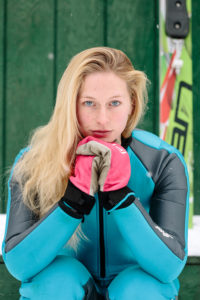
was jumping well enough to be named to the USSA Visa Development Team. At 16, after an injury took her out of ski jumping, she began competing as a biathlete.
But she was soon drawn back to the sport she loved the most: ski jumping. “My coaches kept telling me I had to focus on one sport,” Geraghty-Moats said.
That one sport, if she had been a man, would have been Nordic combined, which combines ski jumping and cross-country skiing, with points earned from ski jumps translating to a better starting position for the ski races. Nordic combined competitions have been held since the 1900s and have been part of the winter Olympics since the games started in Chamonix, France in 1924. Until last year, there was no international Nordic combined circuit for women.
Instead, Geraghty-Moats concentrated on ski jumping, barely missing a spot on the 2018 Olympic Team. Following that Olympics, a vote came up on whether to include a women’s Nordic combined event in 2022, as had been put forward in the Federation International du Ski (skiing’s governing body) 2016 strategy document. Citing a small field of competitors, the committee opted not to. Instead, they announced there would be a Continental Cup in the 2019 and 2020 seasons with a World Cup slated for 2021.
In the inaugural Continental Cup in 2019, Geraghty-Moats won 10 of 11 events. When asked if she was “bored,” of winning she said. “I’ve worked for 13 years to compete in Nordic combined so 10 wins after 13 years isn’t boring.”
Geraghty-Moats has been a vocal campaigner for inclusion of a women’s Olympic event and in early January 2020, she was selected to be an ambassador at the IOC Youth Olympics in Switzerland, where, for the first time, there was a Nordic combined event for girls.
“Five years ago, I never would have thought that we would ever come as far as we have today in terms of opportunities for girls and women in this sport. On days where I feel like we have so far to go for women to be equal, I have to remind myself of that,” she said in an interview posted recently on Madshus.com.
Riding Ahead of the Curve
“Thirty-eight years ago, when the Burton U.S. Open debuted there was equal prize money for women and men,” Donna Carpenter, co-CEO of Burton, has noted many times of the premiere event for snowboarding. That’s been true ever since.
It was events like the U.S. Open which helped inspire Kelly Clark, a Mount Snow Academy rider, to dream big. At 19, she won gold at the 2002 Winter Olympics in halfpipe. From there, she went on to become the winningest snowboarder (male or female) in history with 137 podiums and 78 wins before retiring in 2019 at the age of 35.
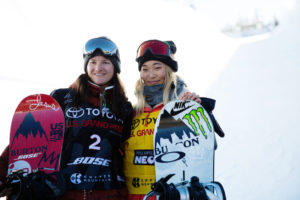
Burton, based in Burlington, Vt., has played a leadership role in helping Clark and other women grow in the sport. In addition to sponsoring and providing equal opportunities (and pay) to superstars like Clark, Kimmy Fasani and other women, Burton has helped cover the cost of a childcare helper for female employees who have to travel for work in the first 12 months after they give birth.
In 2004, the Carpenters launched the Burton Women’s Leadership Initiative and helped establish a mentorship program to help women grow their roles in the company. In January, 2017, Donna told Burton employees she would cover their costs to attend the Women’s March on Washington, D.C.
Burton’s “Stand Up, Stand Out” campaign features its pro women riders, Burton Girls, laughing, riding and having fun. Hard goods for women are given the same attention and development work that men’s models are. As Sarah Crockett, the Chief Marketing Officer at Burton, notes, “The main difference in our boards and hard goods is that we make them for certain sizes and weights, not genders.”
I first met Crockett, who previously led marketing teams at Lucky, Vans and REI, at Outdoor Gear Exchange’s annual staff meeting in the fall of 2019. She was one of a panel invited to speak on the topic of “leadership” to the Burlington outdoor retail giant’s 100-plus employees. The other panelists included the presidents of apparel brand Outdoor Research and footwear makers Oboz and Vasque. All four are women.
“It’s great that we have women like them here,” said Melissa McNell, a senior buyer at Outdoor Gear Exchange, “but the industry isn’t going to change until the customers do, too.” She went on to cite an instance when Allison Gettings, the president of Vasque was on a shop floor helping customers, incognito. “Some guys just didn’t want to be helped by her, they wanted to wait for a guy to help them.”
When I met Burton’s Crockett again, it was in her office at the Burlington headquarters. Posted on the wall behind her was a graphic showing Burton’s brand map, designed like a trail map and depicting four peaks. Under “Peak 1” was the title “Inclusive Community” and under the subhead “Priorities,” the first one was this: “Grow the women’s market.”
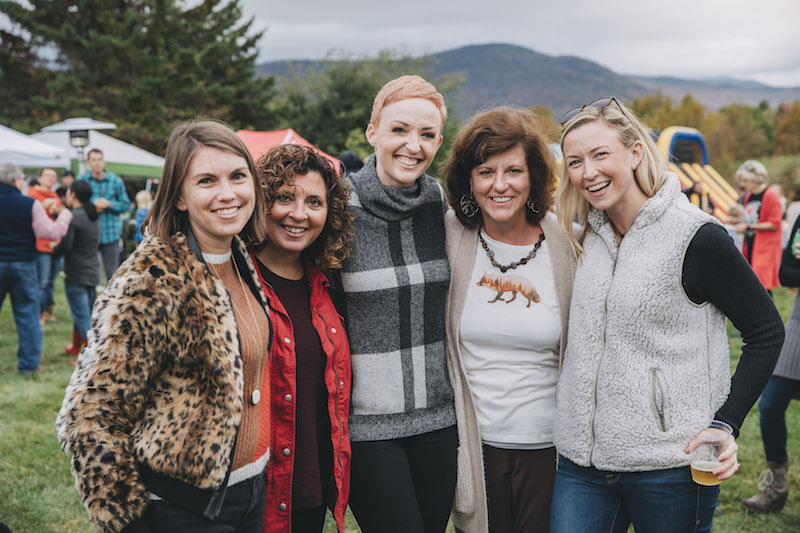
Has it worked? According to the most recent survey by Ski Industries of America, women make up 36 percent of the country’s snowboard population, compared to 38.4 percent of all skiers (and 40.0 percent of cross-country skiers). Yet, according to a February 2019 release by the NPD Group: “Women’s snowboard equipment sales were the fastest-growing segment of the market—outpacing men’s and juniors—with sales up 18 percent so far this season.”
Are we getting closer to the tipping point, I asked Crockett? “Yes, but we still have a long way to go. Donna’s not going to be happy until 50.1 percent of riders are women,” she said.
Continued on the next page: Making Skis for Women

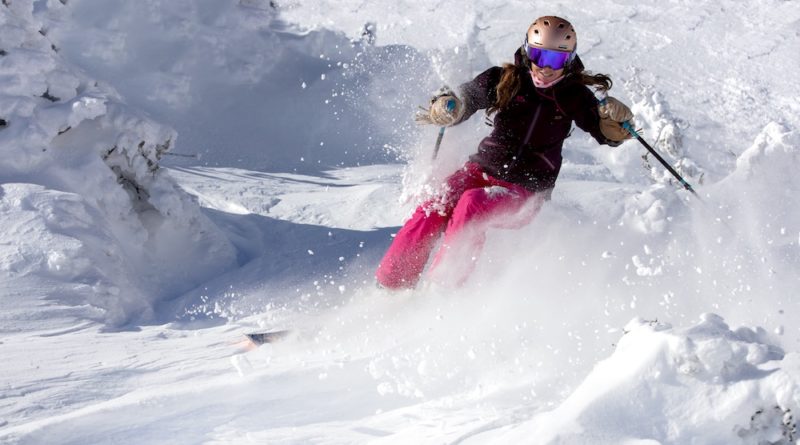
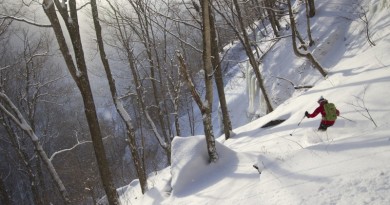
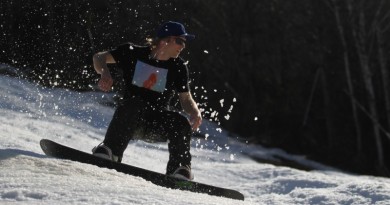
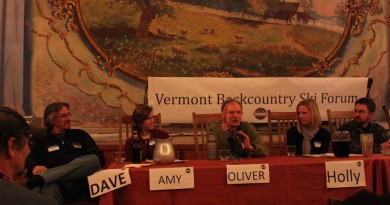
Pingback: Help Your Guy Buy Skis – VT SKI + RIDE
Pingback: Meet the Women Changing Ski Patrol – VT SKI + RIDE
Great article! These women are so inspiring. And yes, gender equality and getting more women on the snow are worthy goals. I’d like to point out another great resource for women skiers: TheSkiDiva.com, the leading online community for women who want to share their passion for skiing with other women and talk about skiing in a non-testosterone charged environment. The site, which has more than 6,200 members, gives women the tools and support they need to stay engaged in the sport.
Thank you Wendy and we’ll second that. TheSkiDiva.com is a great resource for women and thank you for all you do.